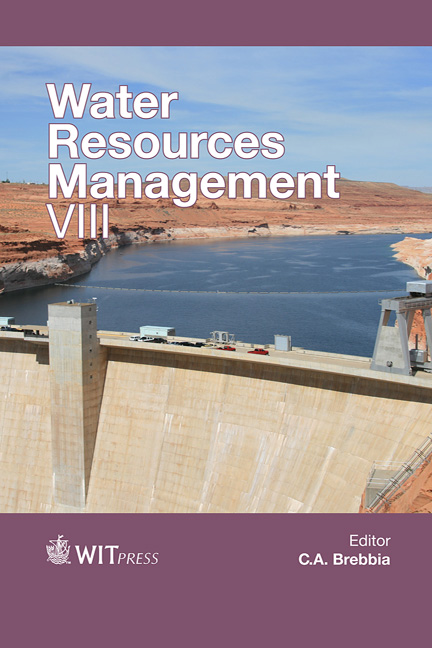Improving Monthly Rainfall Forecasts Using Artificial Neural Networks And Single-month Optimisation: A Case Study Of The Brisbane Catchment, Queensland, Australia
Price
Free (open access)
Transaction
Volume
196
Pages
11
Page Range
3 - 13
Published
2015
Size
425 kb
Paper DOI
10.2495/WRM150011
Copyright
WIT Press
Author(s)
J. Abbot, J. Marohasy
Abstract
Official medium-term rainfall forecasts failed to warn of the impending heavy rainfall in the Brisbane catchment during the summer of 2010–2011 with resulting catastrophic flooding causing loss of life, extensive property damage and disruption of economic activity in south-eastern Queensland, Australia. Since the flooding, the Australia Bureau of Meteorology has changed its method of forecasting from an empirical statistical scheme to the use of a general circulation model, the Predictive Ocean and Atmospheric Model for Australia (POAMA). More skilful forecasts, however, can be achieved through the use of an altogether different technique involving artificial neural networks (ANN), a form of machine learning. Building on previous studies comparing the skill of the ANN forecasts for Gatton and Harrisville in the Brisbane catchment with output from POAMA, this study shows how monthly ANN rainfall forecasts can be further significantly improved through a technique referred to as “single-month optimisation”. This technique enables the temporal variability in the influence of key climate indices to be better incorporated into the rainfall forecast. In particular, correlation coefficients exceeding 0.85 at a 12 month lead time can be achieved for both Harrisville and Gatton.
Keywords
rainfall, forecast, artificial neural network, flood, Queensland





